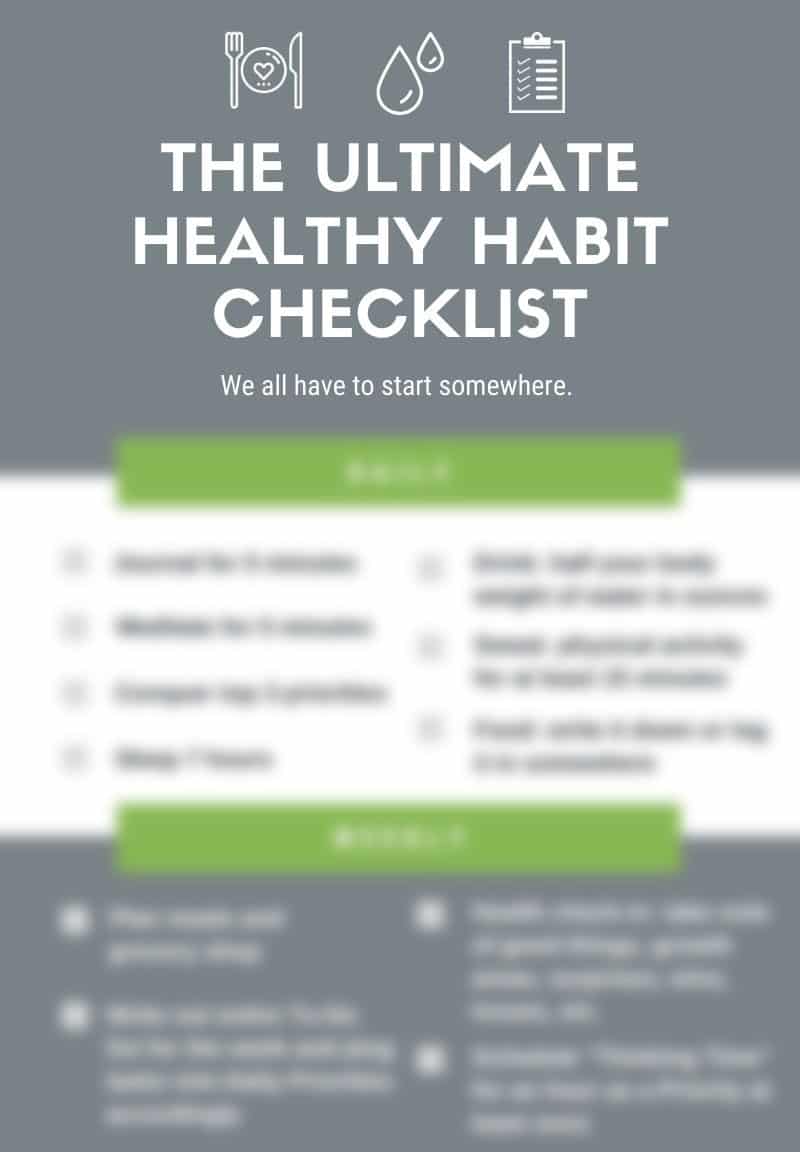Grey’s anatomy is life, but not real life
8-Minute read
THE specific BLOG
Dr. Alex Mosley
Owner and Clinic Director
Confession time:
I’m a Grey’s Anatomy addict.
But I didn’t start watching the show until only a few months ago. (Thank you, Netflix.)
When I was 14, I was nominated by my biology teacher for a two week medical program in Houston over the summer. My application was accepted, and one of the most vivid memories I have to this day is getting to sit in the gallery during an open-heart surgery.
The doctors listened to music while they operated and the anesthesiologist wrote us Knock Knock jokes on a white board.
It. Was. A. Blast.
Fast forward a couple decades as I’m watching Grey’s Anatomy, and I’m cracking up seeing these doctors in the show doing very similar things to what I witnessed as a kid.
I love the steamy melodrama (sue me) and the dedication the doctors have to each other and their patients.
I love the passion the doctors have for their work and the innovation that stems from it.
I relate to this show on a visceral level.
What I love the most about Grey’s is how it so wonderfully demonstrates what a hospital and its doctors are actually there for.
Injuries sustained in plane crashes, sinkholes, 12-car pile ups, ferry boat accidents, etc. — this show has all of that and more.
It also has lots of brain tumors and cancer and open-heart surgeries, and people who die due to their injuries or complications or something even a talented doctor on a TV show can’t fix.
Here’s the thing.
Hospitals and western medicine and creative clinical trials have their place in our world and they save many, many lives. When the time calls for it. When this type of life-saving intervention is necessary.
The truth of the matter is…
Statistics from the CDC show the majority of people who show up to the hospital come for non-ER related issues.
In fact, data for the U.S. shows that only 28% of hospital visits are injury-related, and only about 9% of all hospital visits are actually admitted into the hospital for further treatment.
Furthermore, about 39% of people who show up to the hospital are seen for 15 minutes or less before they’re discharged.
With numbers like this… what can we gather?
Basically, the vast majority of people showing up to get help are for issues non-emergency related. Typically for things like migraine headaches, digestive issues, allergic reactions, cardiovascular issues and chronic pain.
And with 39% of patient visits resulting in being sent home in 15 minutes or less, it’s pretty safe to say medical professionals gather that nothing is clinically wrong and patients are sent home with a prescription drug to help with their symptoms.
It’s actually very safe to say that as the CDC concluded over 80% of hospital visits involved drug therapy, with the most prescribed category of drugs being pain-killers.
I knew drug therapy statistics were high but 80% definitely made my eyebrows raise.
From what the statistics show as well as from what we can gather from personal experience, it’s common for the acceptable course of treatment for most things – whether emergent or not – to be in the form of medication.
Can I be honest with you?
I’m all about feeling better and living my best life, but NOT at the expense of my long-term health.
By far and wide, the data shows the most prescribed medications are analgesics, or pain-killers, so let’s focus on those.
There are a couple of categories: acetaminophen, non-steroidal anti-inflammatories, and opioids. Each category has its pros and cons and certain times when one would be preferred over another.
The thing is though…
None of these were meant to be used forever.
And why is that?
The truth of the matter is using these drugs daily for things like chronic pain is like taking the batteries out of the fire alarm without putting out the fire.
All of these drugs either act directly on the central nervous system to block or dull pain signals at the source or they block the nervous system from creating certain chemicals in the body which are supposed to alert you that something is wrong.
Can you imagine how much damage a fire does when left untouched?
That’s the same amount of physiological havoc wreaked inside of the body when alarm signals are turned off.
The sensors of the body are integral to the function of the body. Without information getting to the brain, the brain doesn’t know what response to send back down.
Miscommunication abound.
When the brain and body stop communicating effectively, the only result is autonomic sympathetic dominance. In general, the body gets stuck in survival mode – fight or flight.
Now it believes its only responsibility is to keep you alive, and you actually don’t need a whole lot of functioning restorative processes taking place in order for that to be accomplished.
In this matter, the body continues to break down, however fast or slow that process happens, because the functions needed to restore and heal and grow are in slow motion while the functions needed to survive are on hyperdrive.
The body is expending all its energy on keeping you upright and breathing regardless of the other organ systems that may be compromised in the process.
What the body does NOT need are more pills, lotions, or potions that continue to silence the alarms in order to feel better while, at the same time, the body’s function continues to decline.
Sometimes we feel bad because things are bad.
The goal is to figure out WHY!
Why do we feel bad?
Why do we continue to have pain?
The only way to actually fix a problem is to get to the root cause.
To stop the problem at its source and keep the symptoms away for good.
I invite you to do that.
If you’re one of the hospital statistics mentioned earlier or if you’ve got some health stuff going on and you’re tired of putting a bandaid on things, let’s figure it out.
Get your nervous system tested and see where you stand.
Fill out the contact form and ask questions.
Then you can begin to figure out how to increase function and therefore increase your health!
#dontbeahospitalstatistic
Always on your side,
Dr. Alex
Cheers in health,
Thanks for reading the specific blog.

The Specific Chiropractic Centers


